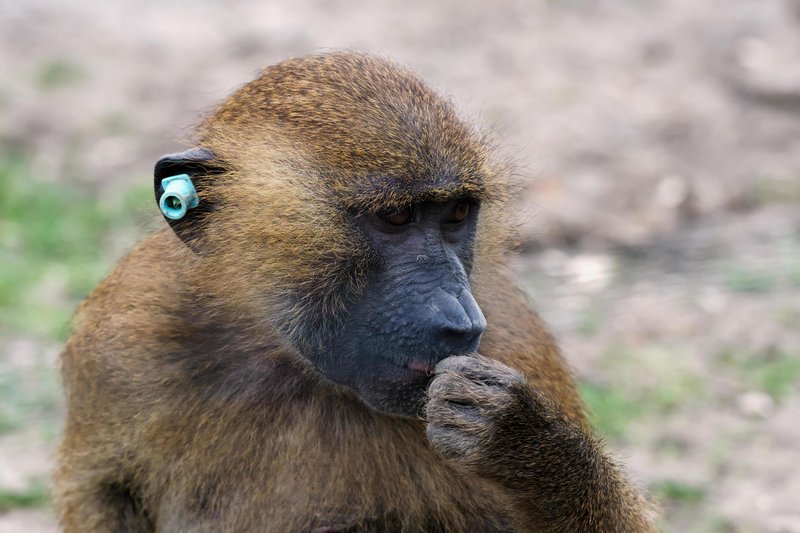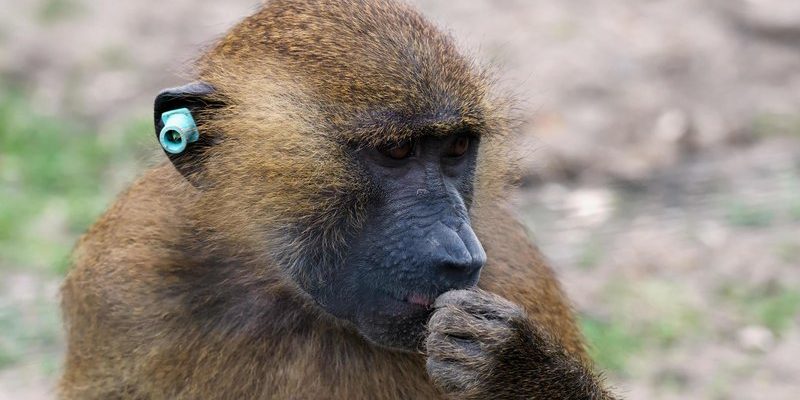
The truth about guinea baboons is often clouded by myths and generalizations. It’s easy to get lost in the sensationalized stories or clips that highlight their most dramatic moments. But like most animals, guinea baboons have complex behaviors and social structures that deserve a thoughtful look. So, let’s dive into some of the common myths and misconceptions surrounding these intriguing animals. You may be surprised by what you learn!
Myth 1: Guinea Baboons Are Aggressive and Dangerous
One of the biggest misconceptions about guinea baboons is that they are inherently aggressive. While they are indeed wild animals with strong social hierarchies, labeling them as merely aggressive overlooks the nuances of their behavior. Here’s the thing: guinea baboons are social creatures that thrive in groups. They use a complex communication system, which helps maintain peace within their communities.
In the wild, aggression typically arises from specific situations—like defending territory or competing for resources. The truth is, most of their interactions are social and cooperative. Observing a troop of guinea baboons can reveal playful grooming sessions and bonding moments that highlight their friendly nature. So, while it’s wise to respect their space, it’s important to realize that aggression isn’t their default behavior.
Understanding Their Behavior
Guinea baboons communicate through a variety of vocalizations and body language. For instance, a baboon might showcase a relaxed posture or engage in grooming to signal that things are peaceful. In contrast, loud barks or showing teeth can indicate distress or territorial claims. By paying attention to these signals, we can gain insights into their social dynamics.
Furthermore, living in groups provides safety and support. Troops often consist of female-led groups with a few males, allowing for cooperative child-rearing and protection against predators. This social structure enriches their lives and contributes to the overall harmony within the troop.
Myth 2: They Have No Parental Care
Another common myth is that guinea baboons abandon their young or exhibit little parental care. This couldn’t be further from the truth! In actuality, guinea baboons are attentive parents. Female baboons invest a significant amount of time caring for their infants. From nursing to grooming, mothers play a crucial role in their offspring’s early development.
Interestingly, baboons learn through observation. Young ones often imitate adults, picking up social cues and survival skills. Mothers will carry their babies while foraging, allowing them to learn about their environment. This nurturing approach ensures that the next generation grows strong and well-adapted to their habitat.
Community Support
It’s not just the mothers who play a part in raising the young. Other females in the troop frequently help with babysitting duties. This communal aspect of child-rearing not only strengthens bonds between individuals but also ensures the survival of the young. It’s a beautiful teamwork effort that showcases their social complexity.
This shared responsibility reflects a deep understanding of cooperation among these animals. The more we observe them, the more we realize that their community plays a significant role in their upbringing.
Myth 3: Guinea Baboons Only Eat Fruit
Many people think guinea baboons are exclusively fruit-eaters, but this is another myth that falls short. Sure, they do enjoy fruits like berries and figs when they’re in season, but their diet is much more varied. These baboons are omnivorous, which means they consume a wide range of foods.
Their diet includes leaves, seeds, roots, and even insects. Some guinea baboons skillfully use tools (like stones) to crack open nuts or dig for roots. This ability to adapt their diet based on what’s available is a key factor in their survival.
Feeding Habits
During foraging, guinea baboons demonstrate impressive intelligence. They can recognize different kinds of food and remember where to find it. This adaptability allows them to thrive in various environments, from savannas to woodlands. Their diverse diet also plays a critical role in maintaining their health and energy levels.
Observing the foraging behavior of guinea baboons can be quite entertaining. Imagine watching them interact with their environment, skillfully searching for food while also keeping an eye out for potential threats. This blend of focus and social interaction emphasizes their resourcefulness.
Myth 4: Guinea Baboons Are Just Like Other Monkeys
It’s easy to lump guinea baboons in with other monkeys, but they have unique traits that make them stand out. For starters, guinea baboons belong to the genus Papio, which separates them from other types of primates. They have distinctive physical features, like their more elongated snouts and larger bodies compared to some other monkeys.
In addition to their physical differences, their social structures and behaviors can also be quite distinct. For example, while some monkey species might live in smaller family units, guinea baboons thrive in large troops with complex hierarchies. They have a unique social order that revolves around both matriarchal and hierarchical systems, showing a blend of societal organization.
Monkey vs. Baboon
It’s essential to differentiate between the terminology we use. Not all primates function the same way, even if they share similar physical characteristics. Guinea baboons are more terrestrial than many other monkeys, often spending more time on the ground than swinging through trees.
While they do have opposable thumbs, which aids in their gripping abilities, guinea baboons heavily rely on ground foraging. This aspect of their behavior leads to different adaptations compared to tree-dwelling monkeys, which tend to have more arboreal lifestyles.
Myth 5: They Are a Threat to Humans
You might have heard stories that guinea baboons pose a threat to humans, especially in areas where they live near agricultural fields. While it’s true they can be a nuisance, particularly when foraging in crops, labeling them as a threat is an oversimplification.
Here’s the thing: guinea baboons are primarily motivated by survival. When they venture into human territories, it’s usually for food, not out of malice. This behavior could be a reflection of habitat loss or a search for scarce resources rather than an intentional act of aggression.
Coexisting with Guinea Baboons
To minimize the impact of guinea baboons on human activities, it’s important to foster coexistence strategies. Educating local communities on how to manage crops and prevent baboons from raiding can lead to less conflict. Simple measures like securing food sources or using deterrents can help keep these fascinating creatures at a respectful distance.
When we approach guinea baboons with an understanding of their behavior, we can reduce unnecessary tensions and create a more harmonious environment for both humans and wildlife. Recognizing that they are reacting to their needs—just like us—can lead to more compassionate solutions.
The myths surrounding the guinea baboon often tell us more about our perceptions than they do about the animals themselves. By debunking these common misconceptions, we open the door to a greater understanding of their lives, behaviors, and struggles. Guinea baboons are complex creatures deserving of our respect and curiosity.
Next time you hear a story about them, take a moment to consider the bigger picture. From their nurturing parenting styles to their varied diets, these magnificent primates remind us that there’s always more beneath the surface of what we think we know. So grab your coffee and enjoy the journey into the world of the guinea baboon—there’s always something new to learn!

